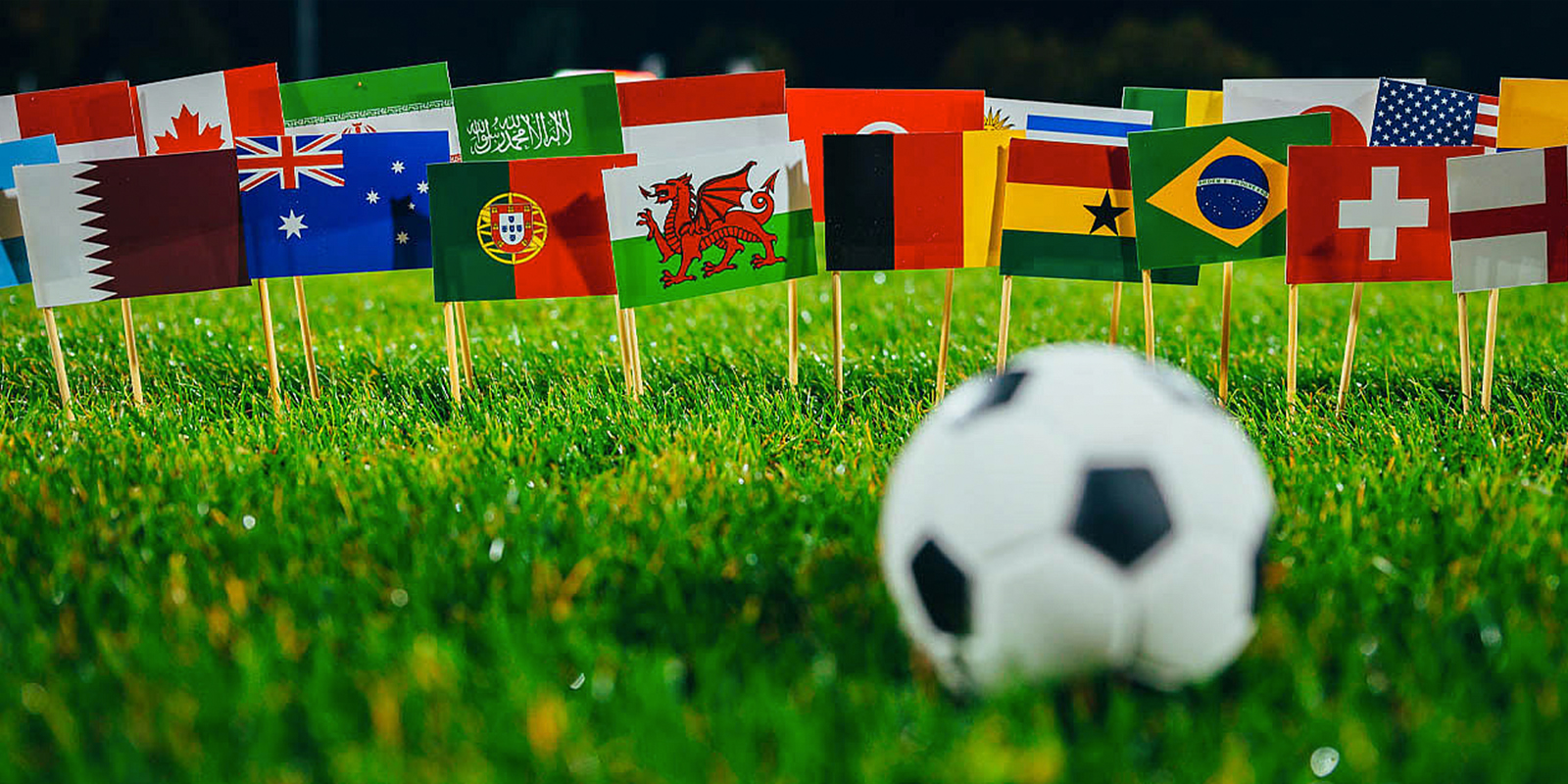
FIFA World Cup Qatar 2022 uses a combination of technologies to provide a better experience for fans.
FIFA World Cup Qatar 2022 continues to engage global audiences with loads of record-breaking numbers. And for the fans, technology has been leading the way in leaps and bounds. From semi-automated systems to apps, the World Cup has implemented and leveraged new ideas with the help of various technologies to continuously improve fan experiences.
Video Match Officials Supported by Tech
When making decisions about goals, penalties, offenses, and red card incidents, a video assistant referee (VAR) system offers video match officials (VMOs) support. VMOs were first implemented at the 2018 FIFA World Cup. Since then, they’ve been utilized in more than 100 competitions worldwide. A team of 24 VMOs operates in Qatar, offering any technical support needed.
The video assistant referee team works from a video operation room (VOR). All host-broadcasted camera feeds from the various stadiums are provided to the VOR via a fiber-optic network. The on-field ref talks to the VAR team using a fiber-linked radio system. The video assistant referee team also has access to 42 broadcast cameras. According to FIFA, eight of those cameras are super slow motion, while four are ultra-slow motion. The VAR team additionally has access to the camera feeds used by semi-automated offside technology.
AI Speeds Up Offside Detection
A huge talked-about trend is FIFA’s use of semi-automated offside technology. Semi-automated offside technology supports and assists video match and on-field officials in making more accurate offside decisions – and way quicker too. As stated by FIFA, the new tech uses 12 tracking cameras mounted under the stadium roof to track the ball and up to 29 data points of each individual player, 50 times per second, calculating their exact position.
An inertial measurement unit (IMU) sensor is placed inside the middle of the ball as well. The sensor then sends ball data to the VOR at 500 times per second, allowing for precise detection of kick points. With a combination of limb- and ball-tracking data and artificial intelligence, the new technology alerts the VMOs. If video match officials confirm the decision, a 3D animation detailing the player’s limb positions is created and displayed.
Goal-line technology has also continued to be a staple since it was first implemented in 2014. The system currently uses 14 high-speed cameras mounted under the roof and on the catwalk of the stadium.
Accessibility Improvements Made Using Audio
The FIFA Interpreting app provides descriptive commentary of where the ball is and even of players’ facial expressions to make the games more accessible. The service is available in Arabic for the first time and is available in English as well. Audio descriptive commentary is used in many aspects, from sports to cinema – and even at art shows.
“I wanted to make sure that I can support with making this tournament as inclusive as possible,” said Ahmed Saeed, one of the commentators, in this article. “This is a sport that is loved globally, and everybody has the right to enjoy it. As a commentator, this experience has taught me the importance of providing a detailed account of what’s happening. I will take this training with me and implement it in my field, and I look forward to seeing audio descriptive commentary in sporting events in the future.”
(2022, December 14). Iulia Popescu – Coordinator, Digital Content, AVIXA. Retrieved from https://xchange.avixa.org/posts/how-av-elements-are-enhancing-the-world-cup
